There can be your advertisement
300x150
Large-scale plan: how to help the planet right now
Over the past two hundred years, the number of people on Earth has increased sixfold. With a sharp jump in population growth, the state of the environment has deteriorated significantly, but only in recent years have we felt this particularly strongly.
If caring for the planet is a multi-year habit in Norway, Sweden or Denmark, then in Russia and CIS countries, an eco-friendly lifestyle is still forming. At the same time, more and more conscious people are emerging — and that's great! Together with an expert, we tell how to help the planet correctly, which methods actually work and which do not.
Marina Shalginских Ecotrainers and eco-blogger @marina_ecolife and speaker of the ecological movement "Separate Collection"
Why is this important?
According to Marina Shalginских, 2018 was the most noticeable year in recent times for the number of climate anomalies in Europe. Just last summer became one of the hottest on record.
"Scientists believe that this generation is the last one that can still do something to change the situation," — Marina comments.
Terrible facts about modern ecology
- 7 MILLION PEOPLE, according to WHO data, die annually from air pollution.
- OVER THE LAST 40 YEARS, the amount of freshwater per person in the world has decreased by 60% and may decrease by half again in the next 25 years.
- 2.01 BILLION TONS OF SOLID WASTE — the result of global urban life in 2016. World Bank experts believe that by 2050, there will be 3.4 billion tons of waste on the planet.
OVER 100 TONS OF PLASTIC WASTE have been found in just one "garbage dump" of the Pacific Ocean — the Great Pacific Garbage Patch.
A huge accumulation of waste in the ocean causes serious harm to life and health of marine animals, fish and birds. Plastic is especially dangerous — many types of it decompose in 100–400 years. For example, in the previous year, about six kilograms of waste, hundreds of plastic cups and slippers were found in the stomach of a dead whale washed ashore in Indonesia.
What can you do today?
The expert suggests starting to follow simple eco-rules. This will help not only make your contribution to improving the planet's ecology but also reduce expenses on utilities.
Conserve water
Fix leaks, install water meters and water-saving aerators on taps — this will reduce water consumption by 7–15%. And don't forget to turn off the tap while brushing teeth: about ten liters of fresh water flow from the tap on average during one minute.
Switch to eco-friendly lamps
The safest are LED lights. They cost an order of magnitude more than regular ones, but they last longer.
WHAT IS EARTH HOUR?
This is a mass annual international campaign organized by the World Wildlife Fund (WWF). At the designated time, participants switch off all energy-consuming appliances for exactly one hour, thus drawing as many people as possible to the problems of the environment.
The campaign started in Australia in 2007, and in the following year, 35 more countries joined it. Today, over two billion people around the world participate in the event. In Russia, Earth Hour has been held since 2009. The date of the event for this year is already set: you can participate on March 30 from 20:30 to 21:30.
Choose energy-efficient appliances
Labels A, A+ and A++ on a green background mean high energy efficiency of appliances. Cheap household appliances have low energy-saving class, but since we buy appliances for a long time, such a purchase will end up being more expensive in the end.
Collect waste separately
Collection points can be found on the separate waste collection map from RECYCLEMAP or in the Ecomap mobile app.
You can start with collecting one type of secondary material, for example, paper, and simply put newspapers, magazines or old books in a box or bag. If you plan to collect other types of waste, it is not necessary to set up separate containers for each type — one bag will suffice.
Metal, plastic, glass and paper are better to send for recycling than dump on landfills, polluting the soil, water and air.
HOW TO PREPARE SECONDARY MATERIALS: QUICK REFERENCE
- PLASTIC: rinse off food and liquid residues, remove labels and price tags, dry and crumple. It is not advisable to fill plastic bottles with other plastic materials, for example, polyethylene bags.
- PAPER: separate from paper clips and staples, remove tape. Pack as tightly as possible and tie with string.
- GLASS: rinse, remove caps, rings and dispensers. Broken glass should be placed in a glass jar or another container.
- METAL: rinse off food and liquid residues, remove labels, dry and crumple if possible.
Participate in eco-projects
For example, the charitable project "The Collector" will send secondary materials for recycling and distribute old clothes to those who need them: socially vulnerable groups of people and animal shelters.
Moscow residents can participate in this project without leaving home: "The Collector" will come and take everything away for free.
Use safe household chemicals, cosmetics and home products
Pay attention to ingredients, choose products with eco-labels, cross-check the websites https://ecogolik.ru and https://roscontrol.com. Find real eco-products in Russian stores and CIS countries with the mobile app Eco Label Guide.
Safety construction and finishing materials can also be identified by eco-labels on the packaging. To avoid mistakes, go to IKEA or Leroy Merlin.
WHY IS IKEA CONSIDERED ONE OF THE MOST ENVIRONMENTALLY FRIENDLY BRANDS?
Caring for nature is the most important element of the company's policy. IKEA works on reducing harm to the environment from production and regularly introduces new developments and eco-initiatives. Some of the freshest — a complete ban on single-use plastic by 2020 and working only with renewable materials by 2030.
The company already recycles over 50% of its own production waste and sells products made from reused materials: for example, the TEPPAS wardrobe and the LACK side table.
Freeing your home of unnecessary things
Give a second life to things you don't use: sell them on Avito, give them away for free on "Darudar". You can exchange them — for example, on "Darmarket" or freemarkets. Participating in construction sharing will help solve the problem of remaining building materials: maybe someone needs three meters of baseboard that have been lying unused since the last renovation?
By freeing up space from clutter, it's important to stick to principles of reasonable consumption in the future.
Introducing the criterion "enough": go shopping with a list, buy only what you need, not products on sale "just in case," choose quality items that will last long.
Abandon single-use products
Short-lived, environmentally harmful single-use items made of plastic for hundreds of years can be replaced with quality reusable ones:
- textile bags for groceries instead of bags;
- thermal mugs and reusable bottles instead of drinks in plastic packaging — bottles and cups;
- eco-bags or fruit containers instead of packaging bags;
- lunch boxes for food and reusable water-repellent boots.
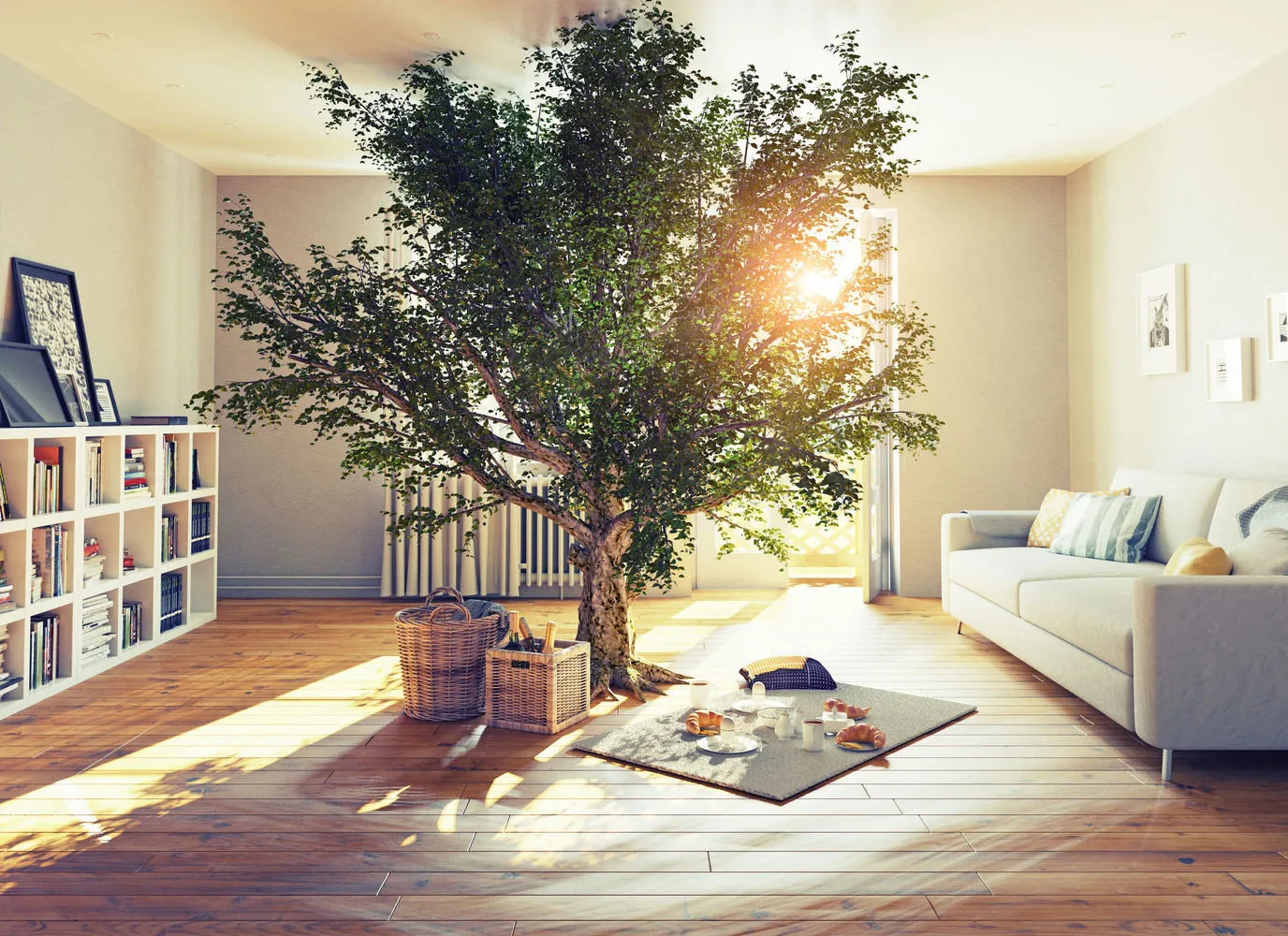
This does not work: 6 myths about helping the planet
1. PAPER AND BIODEGRADABLE BAGS ARE BETTER THAN ORDINARY ONES
In fact, the opposite is true. The production and transportation of paper bags is sometimes even more energy-intensive and harmful to the environment than plastic.
Currently trendy biodegradable bags are "greenwashing", that is, ecological positioning of a product without sufficient grounds for this. Biodegradable bags do not decompose but break down into microplastics and even more harm the environment. In addition, such bags cannot be recycled or reused.
It is better to use reusable bags, cloth bags or plastic bags multiple times.
2. PRODUCTION OF CLOTHING AND ITEMS FROM NATURAL MATERIALS HURTS THE ENVIRONMENT. IT IS BETTER TO WEAR SYNTHETIC FABRICS
Natural materials decompose well compared to synthetics. The optimal option is to send old items made of natural fabrics for recycling, and synthetics to second-hand stores.
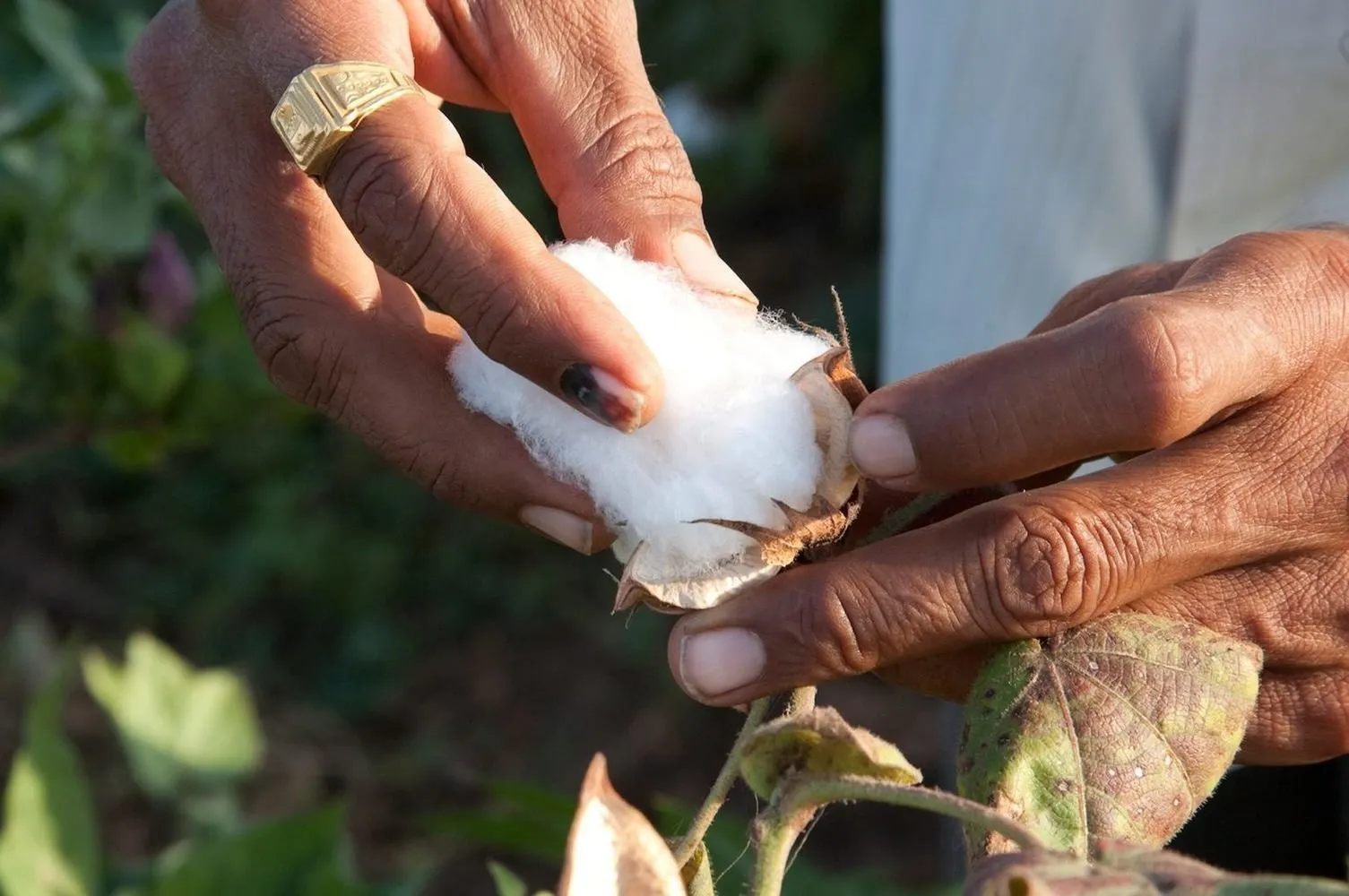
3. REDUCE THE AMOUNT OF PLASTIC ON THE PLANET BY BURNING BOTTLES YOURSELF. ON THE COTTAGE, FOR EXAMPLE
This is a very dangerous activity and the price for it is your health. Plastic burned on a regular campfire contains carcinogens, poisons and toxic substances released into the air. Plastic must be sent for recycling, which is a safe way to deal with waste recognized worldwide.
4. SINGLE-USE COFFEE CUPS — PAPER AND SAFE
In fact, they are coated with a thin layer of plastic and therefore do not decompose and cannot be recycled. The lids for cups are made from polystyrene, which releases toxic substances when heated, dangerous to health.
It is better to buy drinks in your thermal mug, and you can even get a discount for this: the movement against single-use coffee cups My cup, please originated from Minsk and has already taken over St. Petersburg and is starting to appear in Moscow.
5. Tetra Pak — this is cardboard, it can be sent for recycling together with paper
Tetra Pak (and analogs — Pure pac, Tralin pak, Komiblok) is a multi-component packaging made of cardboard, polyethylene and foil. This is a complex type of secondary material: its production requires three times more different resources than monopackaging. It is difficult to collect in large volumes because its content (milk and sweet products) often rots/ferments, and not everyone knows that it must be rinsed.
Collecting industrial volumes of Tetra Pak is very difficult, time-consuming and unprofitable. In Russia, there are only three factories for Tetra Pak recycling. In most Russian cities, Tetra Pak packaging is not accepted at all. The best way to deal with Tetra Pak is to refuse purchasing products in this packaging or reduce purchases. Try to find a substitute for Tetra Pak products among items in packaging that is easier to recycle. For example, instead of milk in Tetra Pak, buy milk in PET bottles.
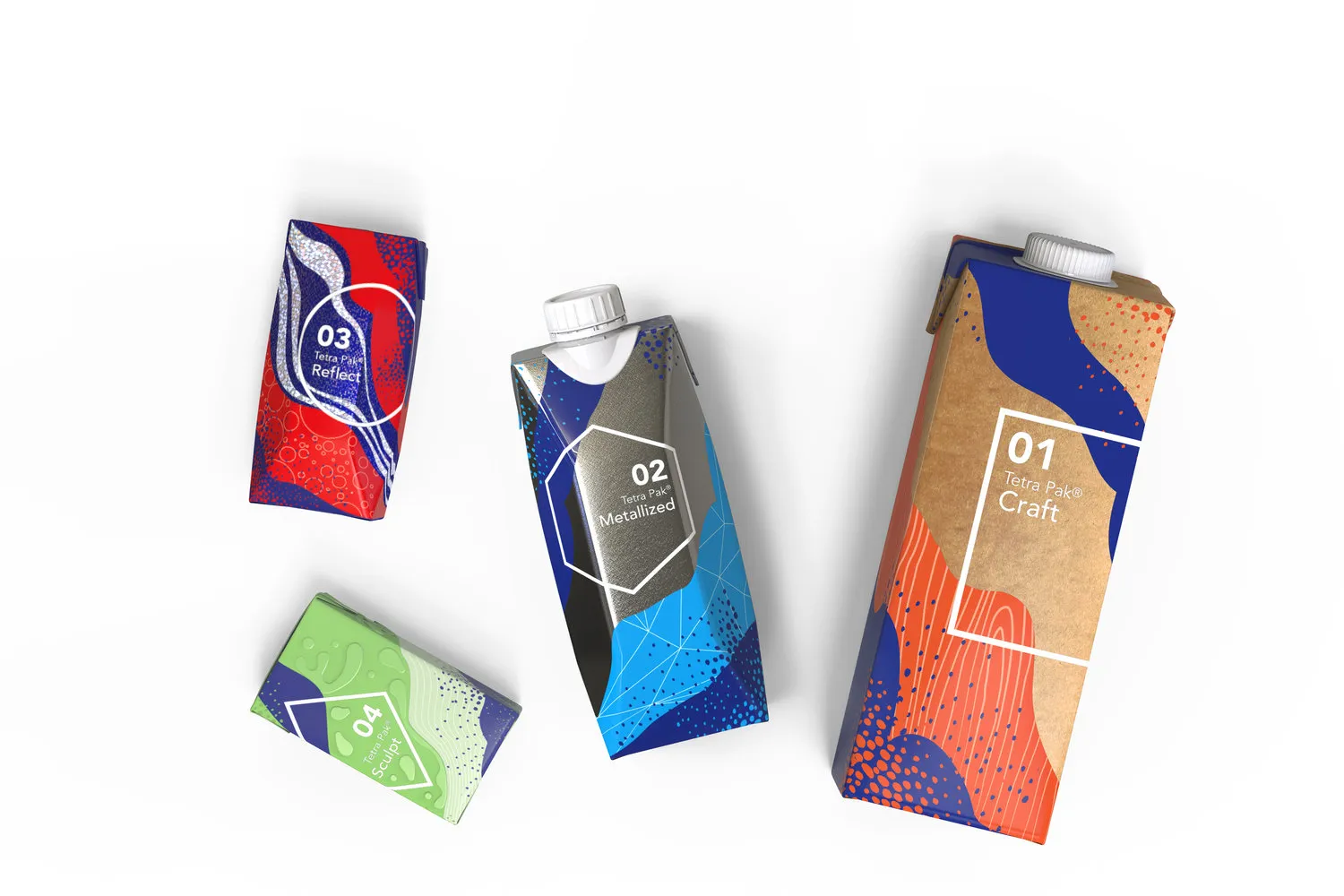
6. TO EAT WITHOUT HARM TO THE ENVIRONMENT, USE LOCAL PRODUCTS
Transporting local products often involves large amounts of exhaust gases and emissions into the air — for example, if they were transported in an old truck. At the same time, foreign products are usually delivered in large batches and with more environmentally friendly transport.
It is also important to remember the consequences for nature of heating greenhouses, lighting, producing fertilizers and other factors that are essential when growing vegetables in cold conditions, such as tomatoes.
The best option for eco-eating is consuming seasonal products.

What to read?
"The Goal — Zero Waste" by Robin Murray develops the idea that waste is not a problem, but a partial solution to the raw materials issue. The book contains ideas, tips and practical eco-solutions currently in implementation.
"Limits to Growth: 30 Years Later" by Donella Meadows and Jorgen Randers describes 12 possible scenarios for the development of the world until 2100, calculated mathematically. Spoiler: optimistic ones also exist.
"Global Warming. How to Stop the Planetary Catastrophe" by Al Gore — a book by an American politician about the threat of climate change. A film with the same name was made based on the book — watch it if you don't have time to read.
Who to follow on Instagram?
You certainly know the blog @greenpeaceru. We share five more interesting eco-profiles.
@leonardodicaprio
Leonardo DiCaprio — not only a great actor, but also a well-known ecological activist. In 1998, Leo founded an ecological fund. This organization is actively engaged in ecological projects and "green" actions.
View this post on Instagram
Post by Leonardo DiCaprio (@leonardodicaprio) January 26, 2019 at 4:15 PST
@_mamyana_
Eco-blogger Yana Potrekey simply and clearly explains conscious consumption and shares useful eco-tips and addresses.
View this post on Instagram
Post by Separate Collection ♻️ ZeroWaste (@_mamyana_) January 9, 2019 at 4:34 PST
@rsbor.msk
The ecological volunteer movement "Separate Collection" is a community of people who strive for a new quality of life through conscious consumption. The blog contains the most current information about separate collection in the Moscow region.
View this post on Instagram
Post by Separate Collection (@rsbor.msk) January 21, 2019 at 7:20 PST
@ecologiya
A cool blog with current eco-tips and eco-news from all over the world.
View this post on Instagram
Post by Life Ecology (@ecologiya) January 27, 2019 at 11:08 PST
@sablinroman
Blogger Roman Sablin — an ecologist, founder of the school of eco-trainers "Green Driver" and author of the book "Green Driver. The Code for an Eco-Friendly Life in the City".
View this post on Instagram
Post by Roman Sablin, eco-trainer/blogger (@sablinroman) January 22, 2019 at 7:37 PST
More articles:
 New Year's Wishlist of Designer Elena Ivanova
New Year's Wishlist of Designer Elena Ivanova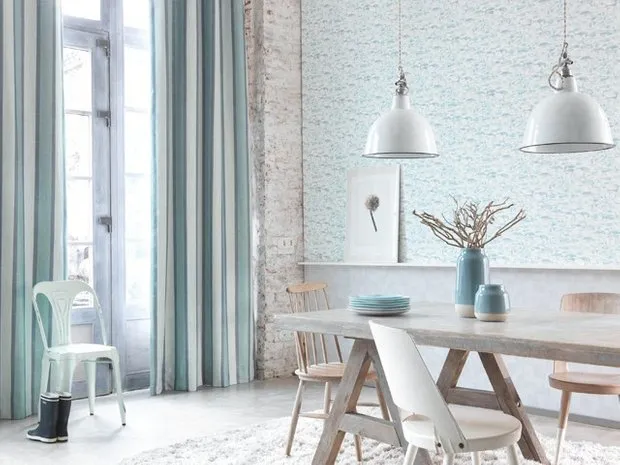 How to Apply Liquid Wallpaper to Walls?
How to Apply Liquid Wallpaper to Walls? Cozy Studio Apartment in Sweden with Fireplace in Bedroom
Cozy Studio Apartment in Sweden with Fireplace in Bedroom Vintage House in England with IKEA Furniture and Decor
Vintage House in England with IKEA Furniture and Decor Winter Sales: Discounts on Furniture and Decor + Warehouse Clearance
Winter Sales: Discounts on Furniture and Decor + Warehouse Clearance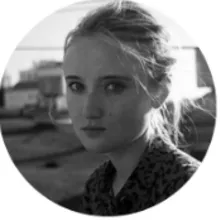 What Tones Look Great in Interior Design During Winter?
What Tones Look Great in Interior Design During Winter? How to Attach a Balcony to a Room: Tips from the Pros
How to Attach a Balcony to a Room: Tips from the Pros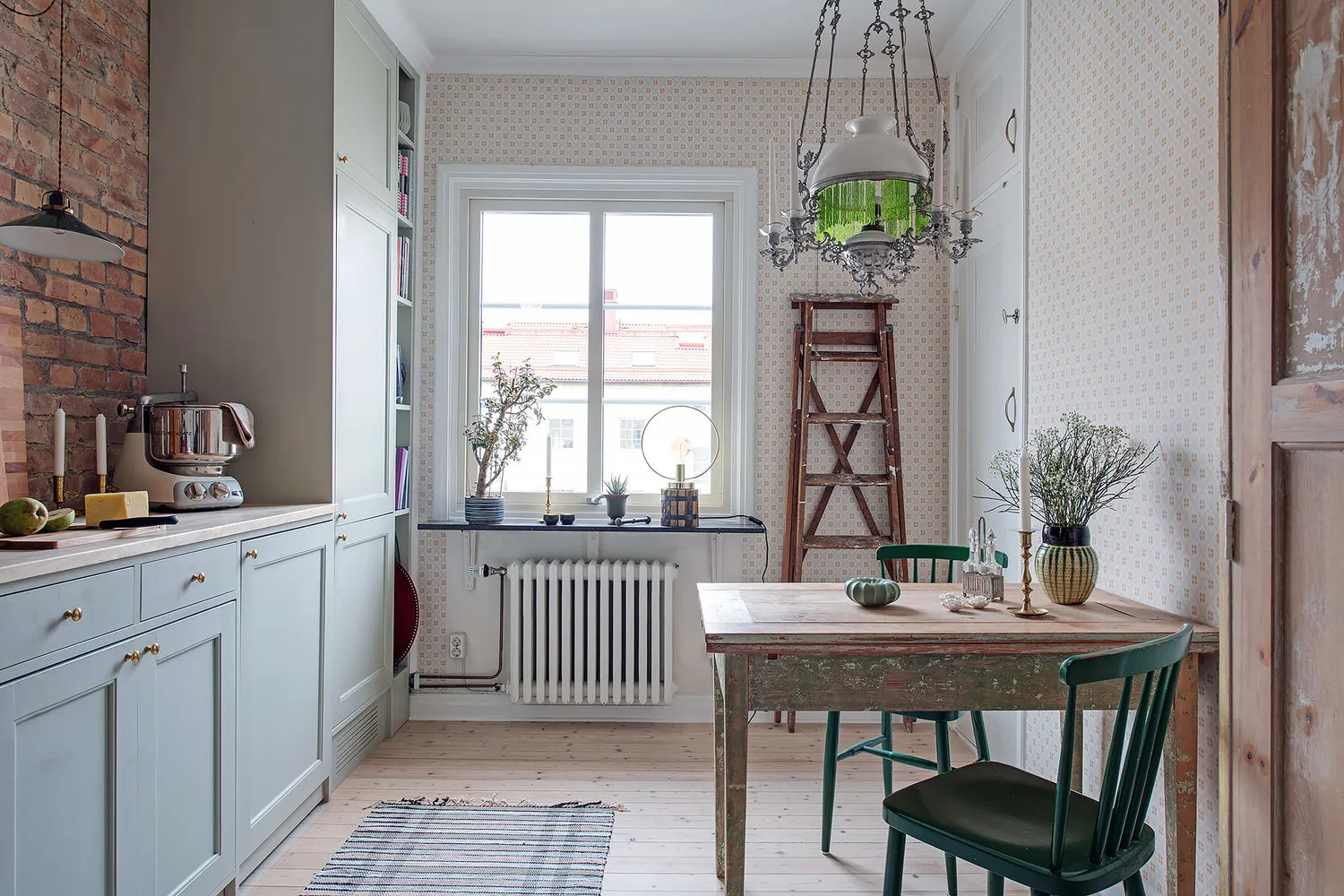 Apartment in the Style of a Scandinavian Country House
Apartment in the Style of a Scandinavian Country House